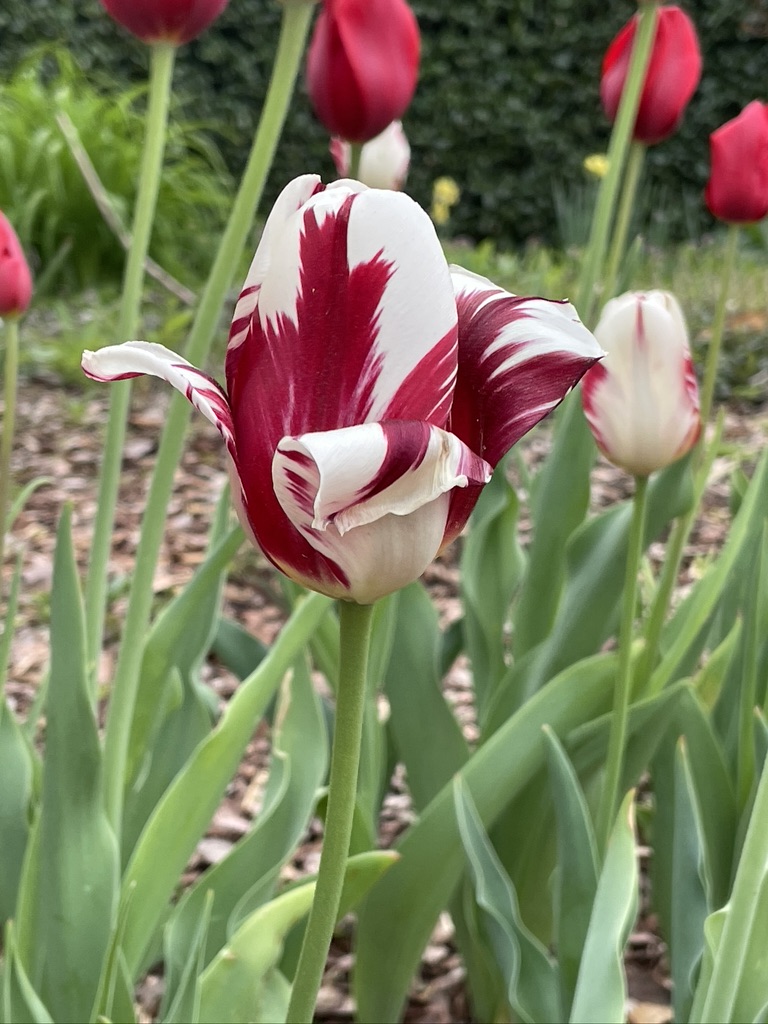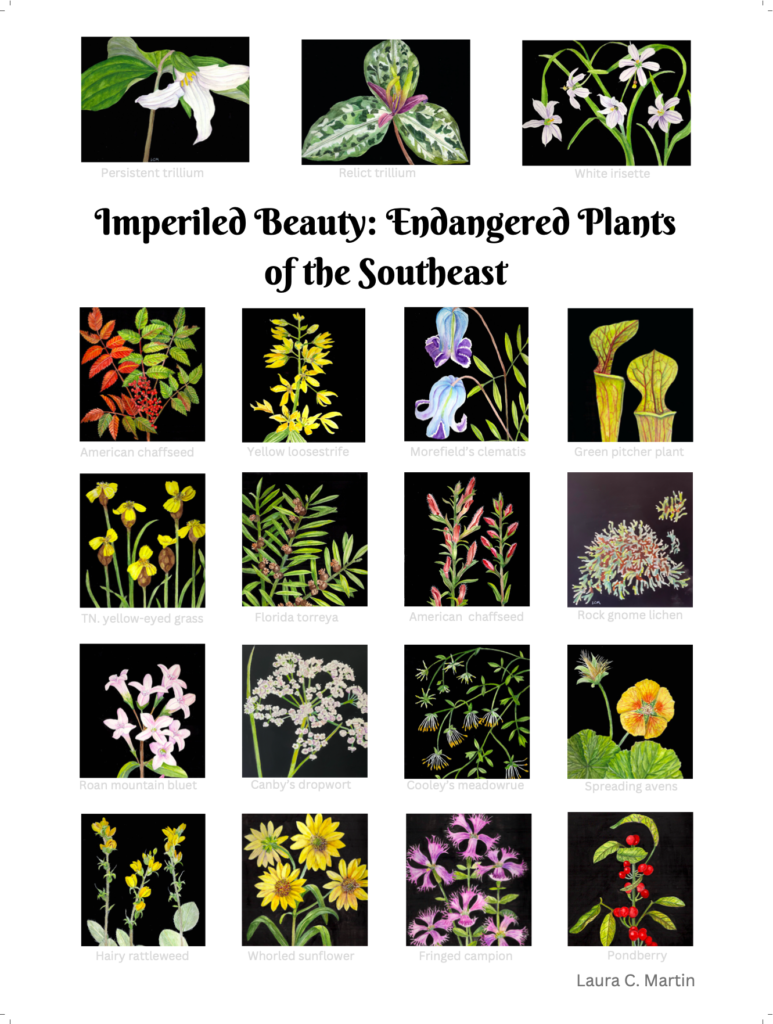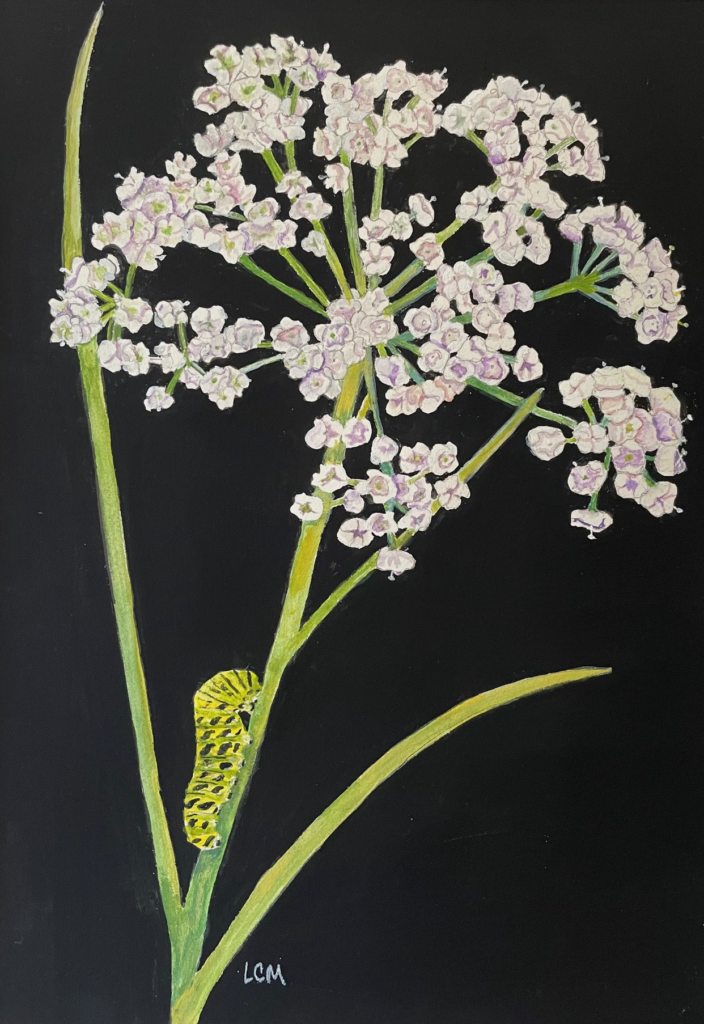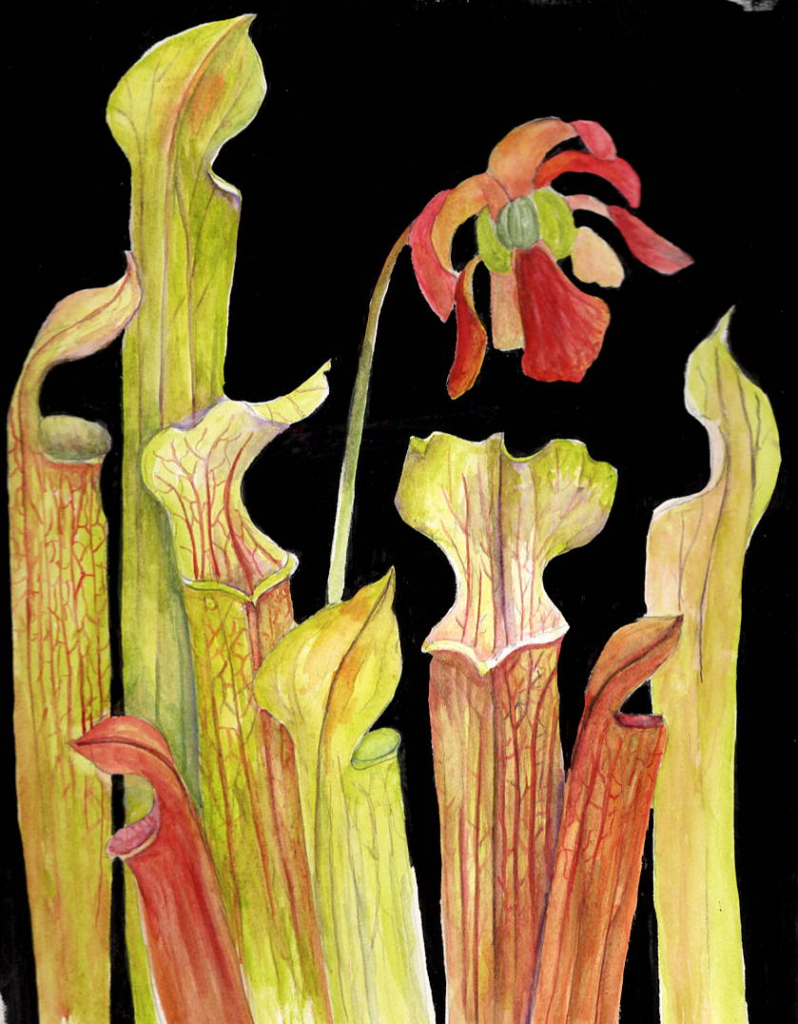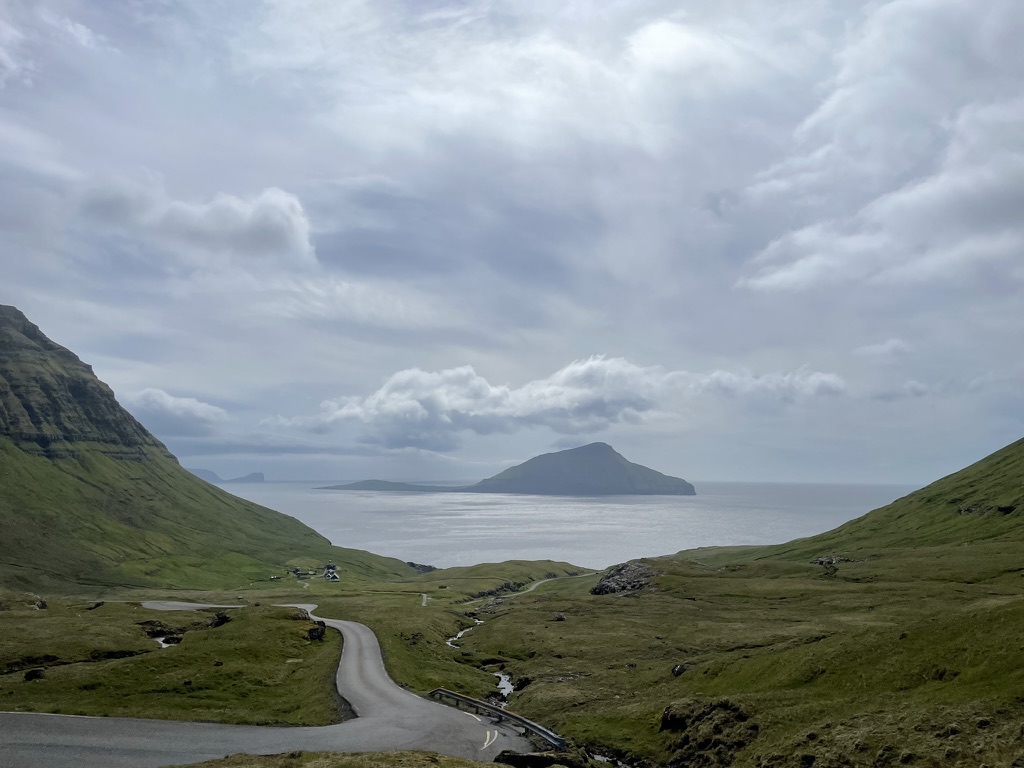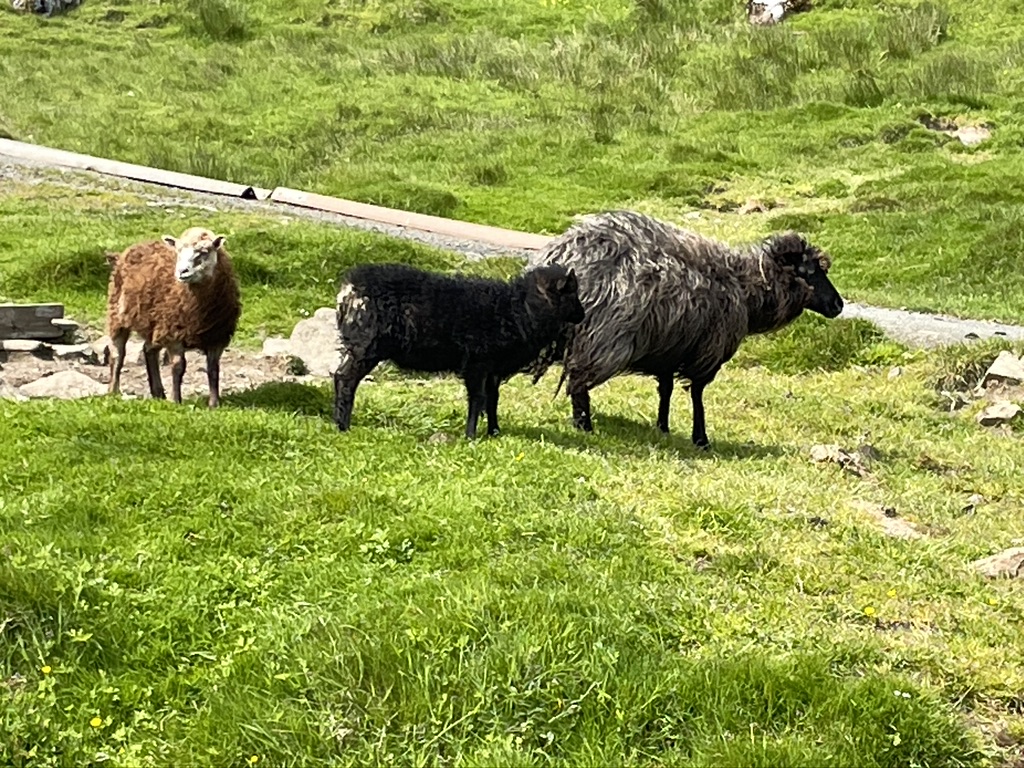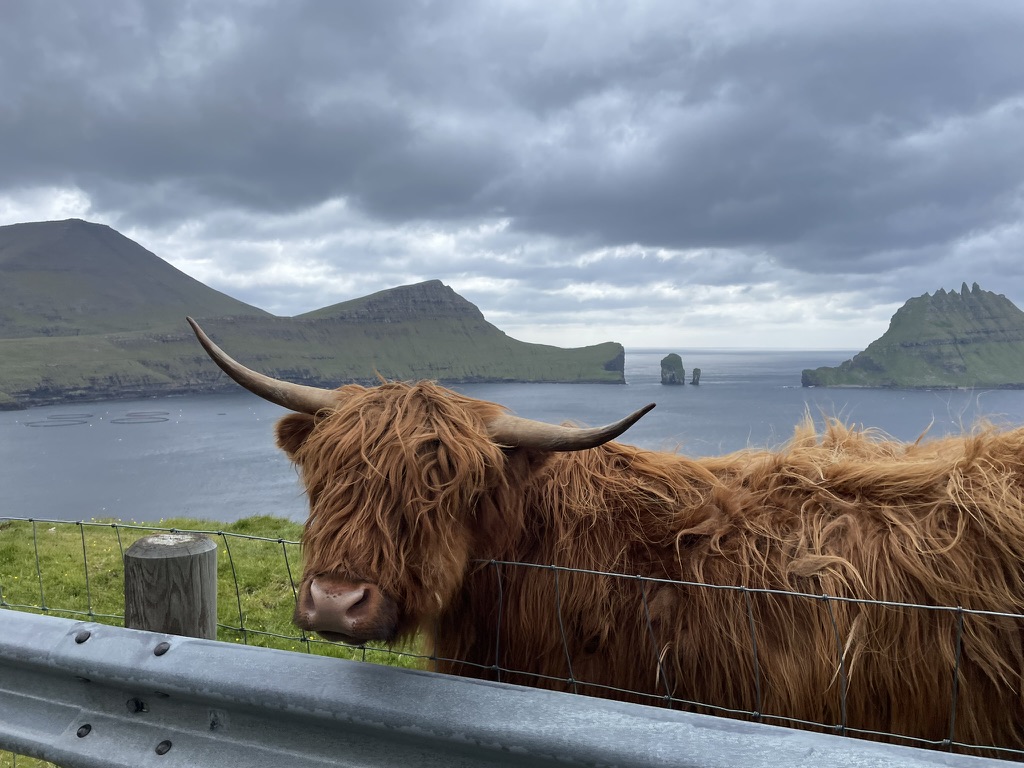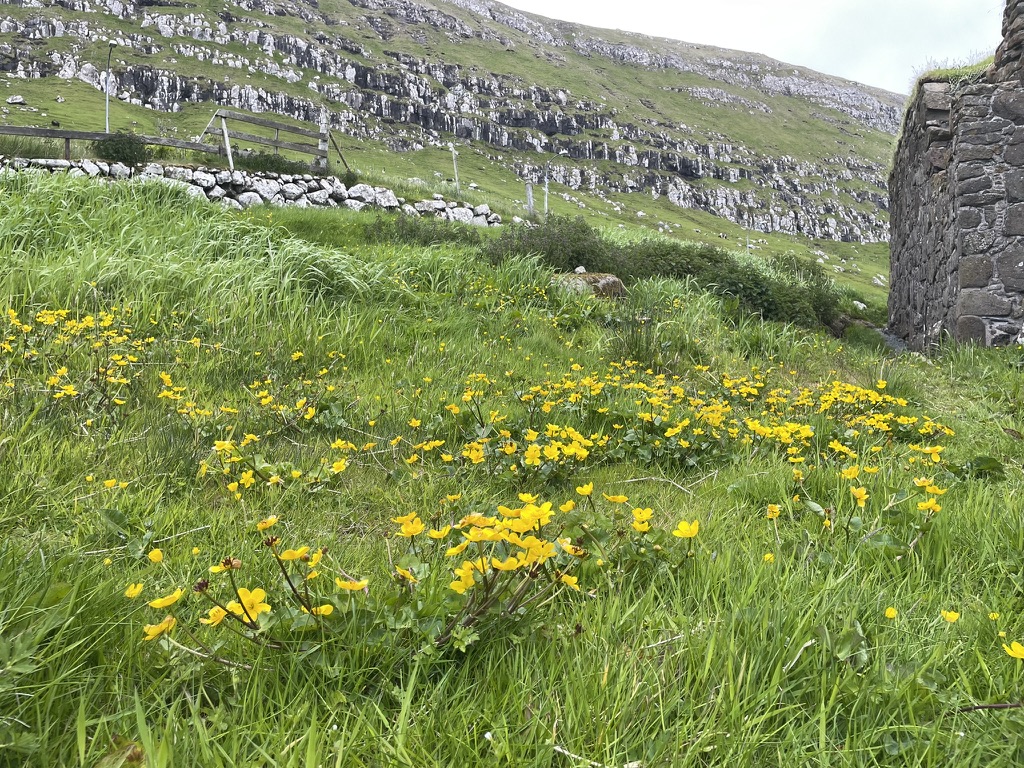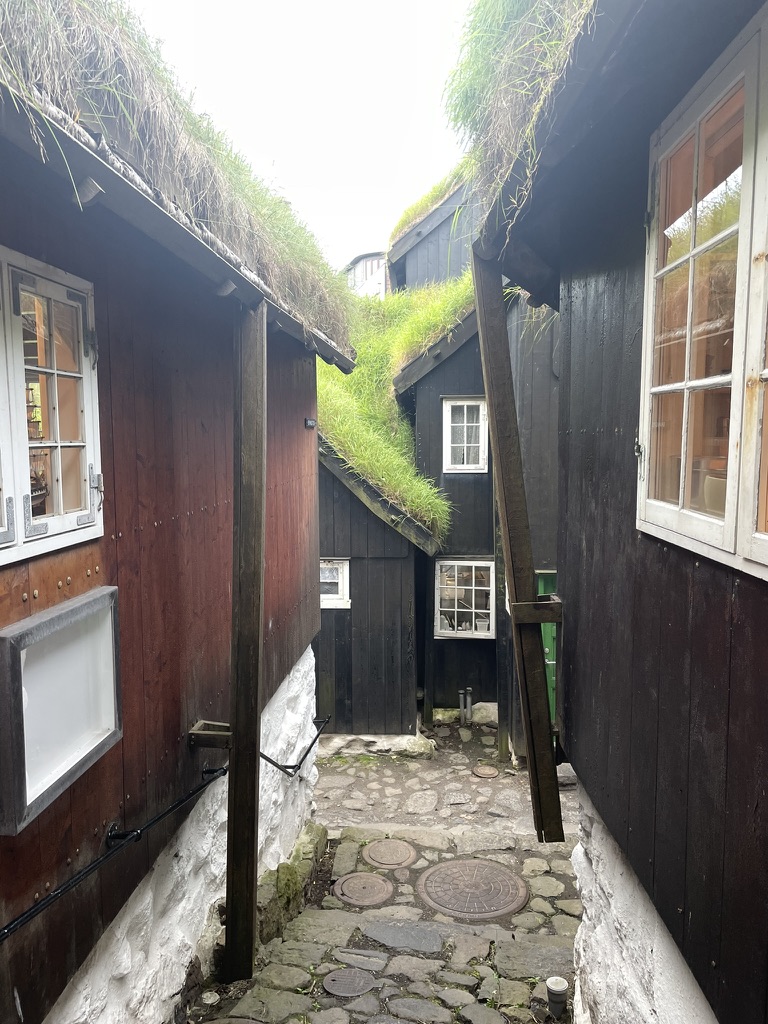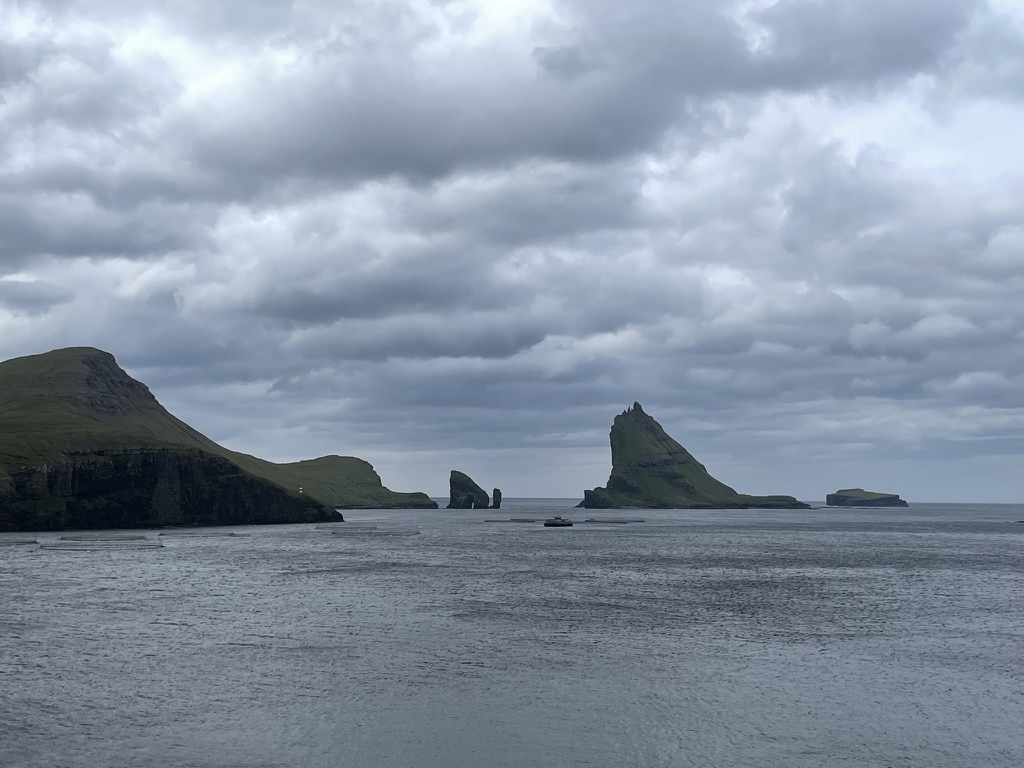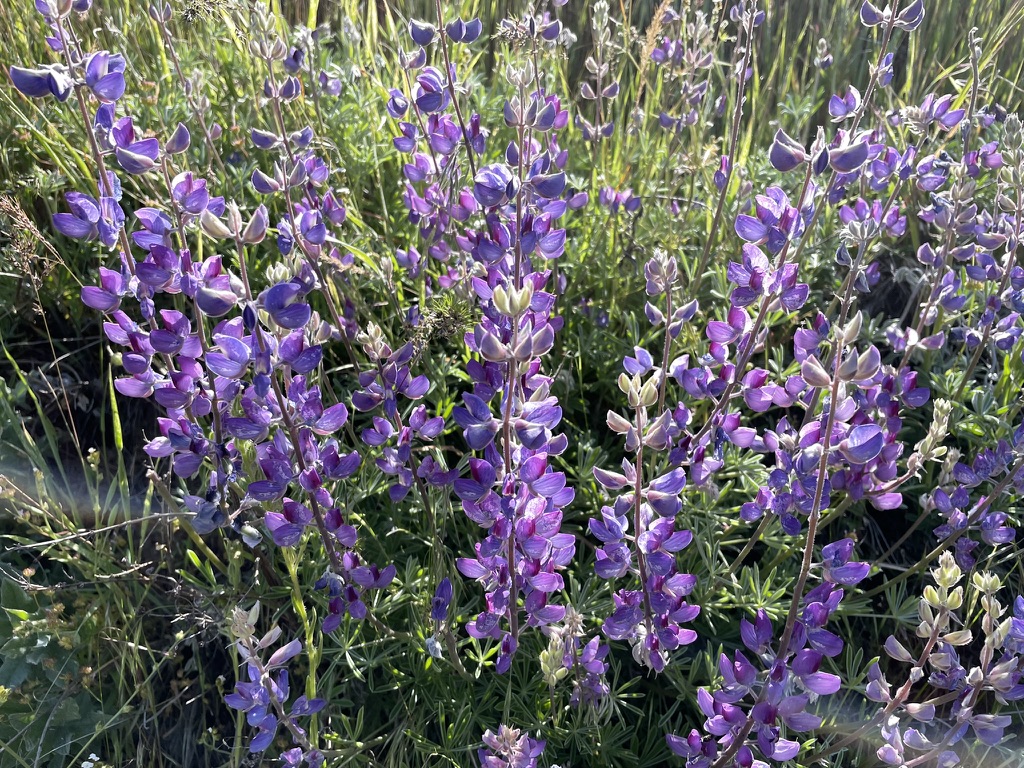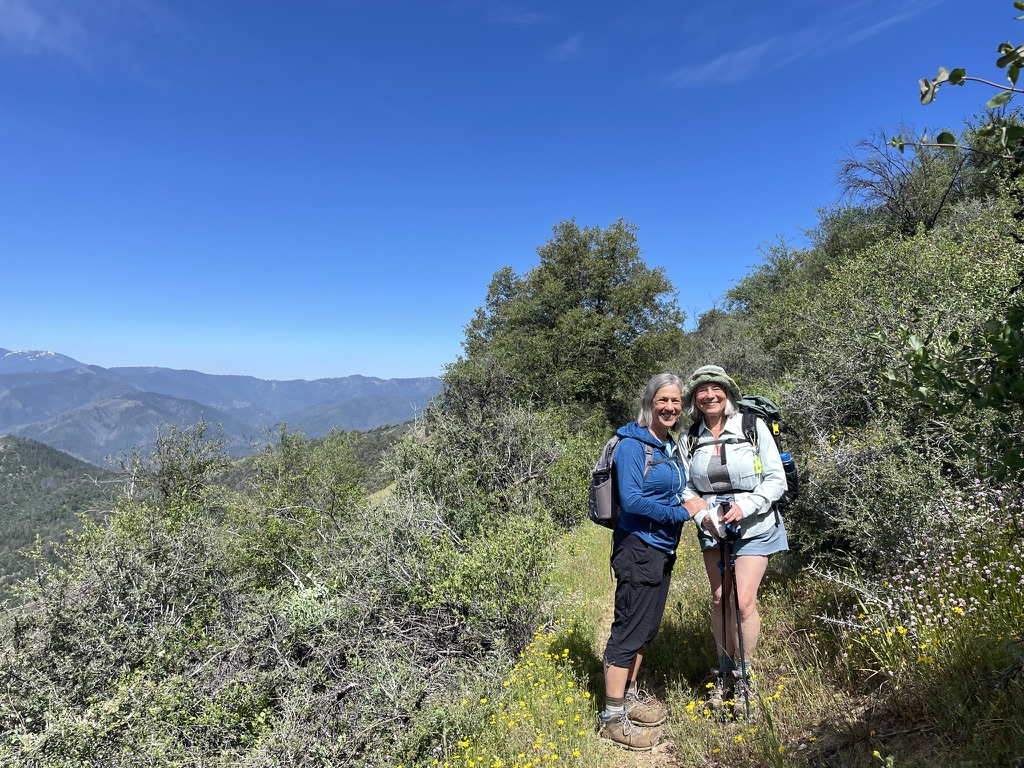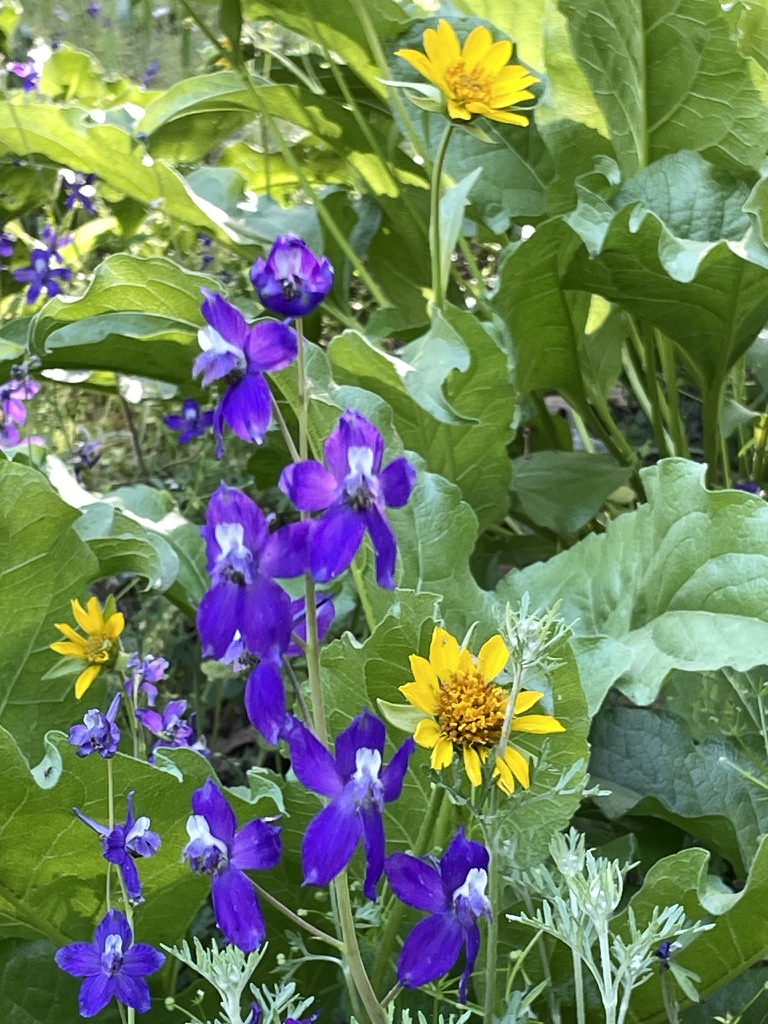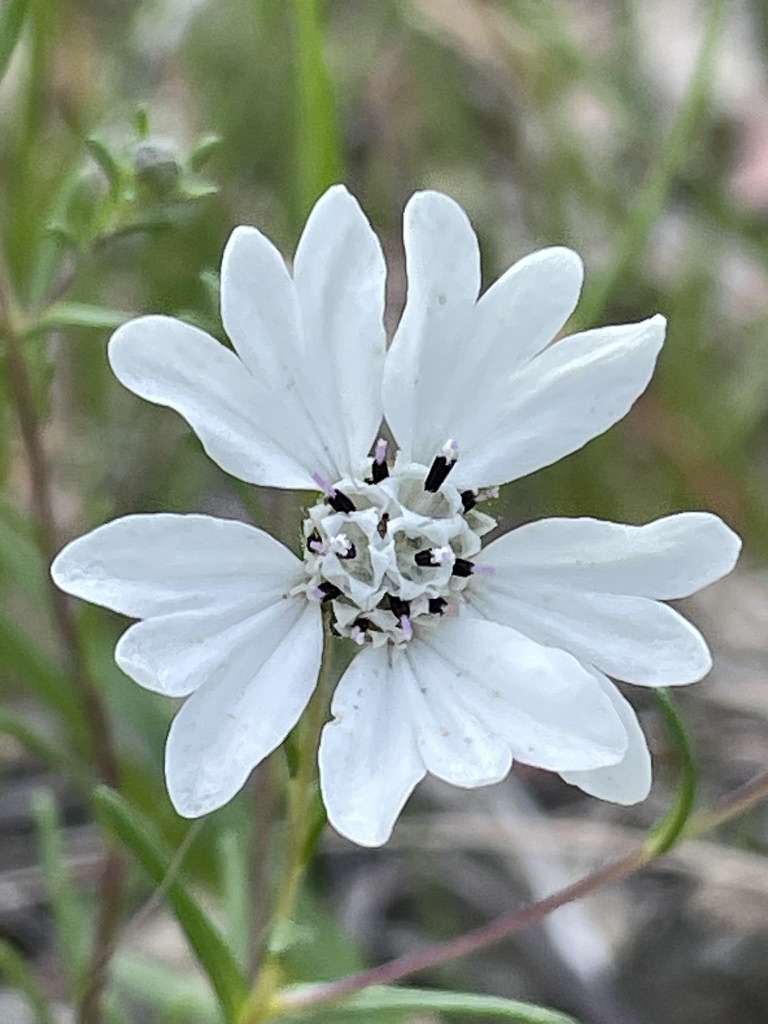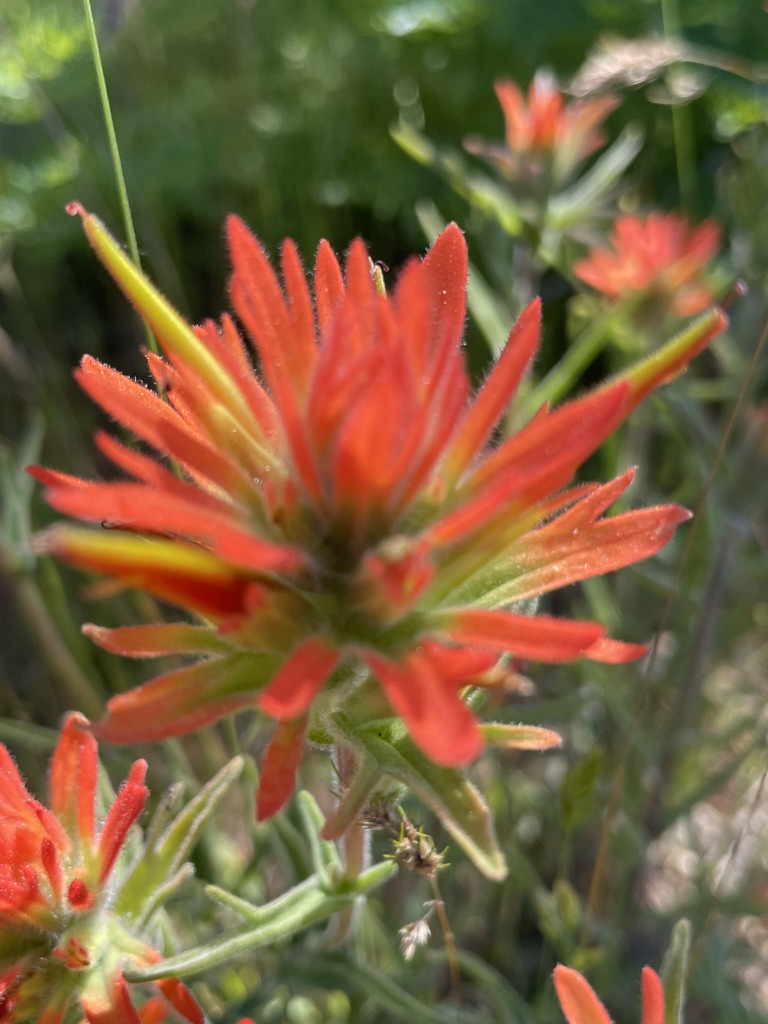Making paint from only flowers is the most fun craft you’ll ever do! Read here about how to do it (easy – peasy) or watch the video (link is below). One note: In the video, I mention the website FlowerPetalPaint.com which does not exist yet. Instead, go to the home page of NatureBasedBlog.https://naturebasedblog.com for information, a description of the process and the gallery.
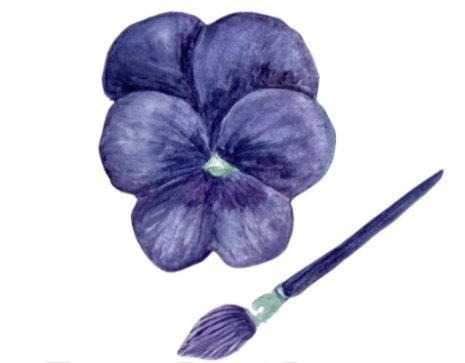
Link for the video: https://www.youtube.com/watch?v=aotVR8oVOMohere
I love all things having to do with flowers – growing them, painting them, studying them, even occasionally eating them. So, when I discovered that you could make long-lasting water color paints by heating chopped petals and a little water, I was as happy as a bee in clover.
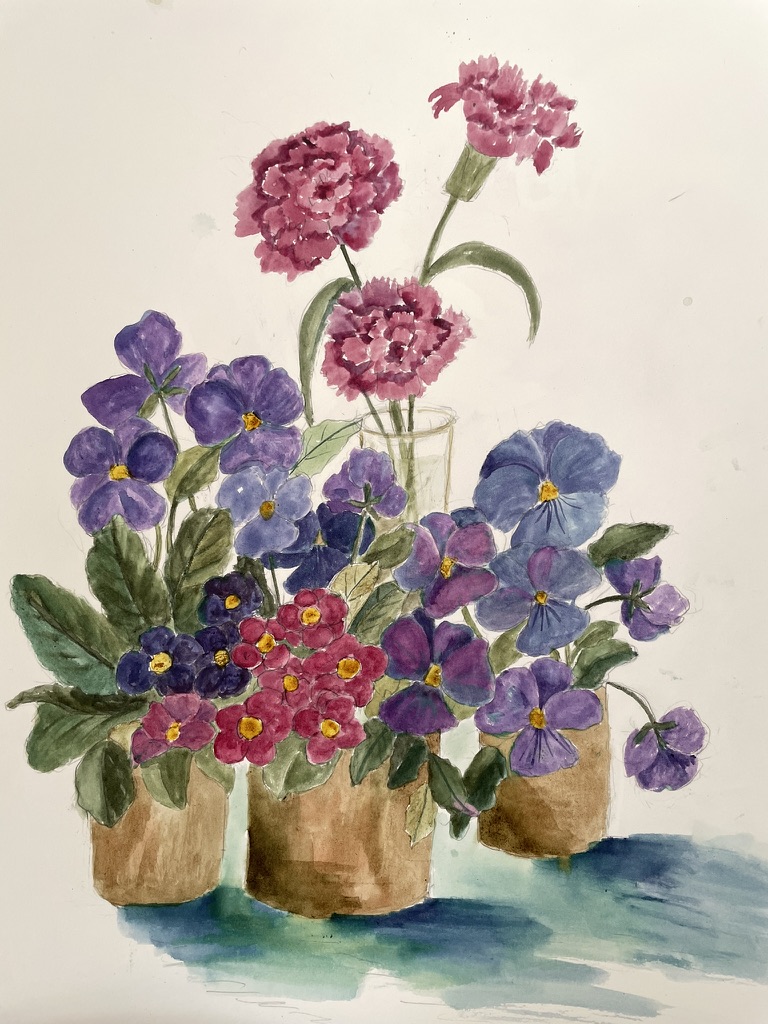
This all began almost three years ago when Jack and I visited the ochre museum in Roussillon, France. It was really a museum about natural colors and pigments and where they came from. Though all the examples at this museum were all from earth minerals, it started me thinking and wondering about what else you could make paint from.
I came home and started experimenting. The first thing I tried was a begonia leaf. I was curious to see if the dark red and grey leaves would offer enough pigments to color paper. I chopped up the leaf, put in a little water and then cooked it in the microwave for a minute. The resulting liquid was dark red!


And then I started changing the pH. I added a few drops of lemon juice to make it more acidic and the color got even better. Adding a base, like baking soda, turned the liquid green!!

of course the next question was, can you really paint with it and after many months of experimenting, I found out that Yes! you can.
Here’s a link to the video again, which will give you more information:
https://www.youtube.com/watch?v=aotVR8oVOMo
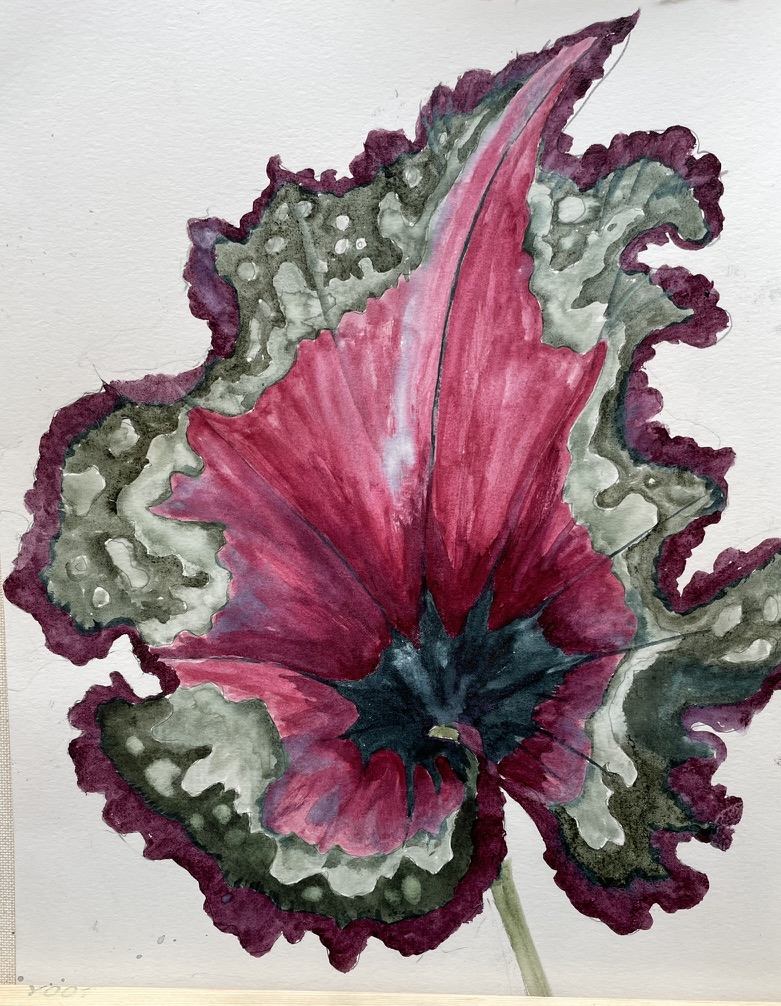
The process is simple – chop up petals, add water, cook down until the plant releases pigments and paint! There are, of course, many tricks to make the paint more vibrant and long lasting and I now have A LOT of information about which plants are best to use.
Does it last? Yes! Like any water color paint, it will fade in direct sunlight but the colors remain surprisingly bright. This a current photo of a color chart I did over two years ago:

Just to make sure you know how accessible this craft is – you don’t even have to know how to draw or paint! Just use a store-bought adult (or otherwise) coloring book and go for it!

The possibilities are endless – look at the shades of orange and yellow I could get – all from plants!
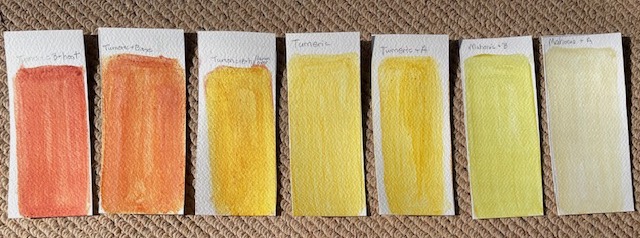
Click on the home page here to get more information. https://naturebasedblog.com
I am much enamored with this craft. There is something ultimately satisfying to be able to make something beautiful when all you need to buy is a piece of paper. Everything else you can borrow from nature. Even if you don’t have a garden full of flowers, you can use weeds (dandelions, poke berries, violets etc.) or produce from the grocery store (purple cabbage, blueberries, turmeric etc.). As long as it’s brightly colored, chances are, you can make paint from it.
To see more painting examples, click on the Gallery https://naturebasedblog.com/gallery/
To learn more about how to do it click on The Processhttps://naturebasedblog.com/conservation-organizations/
I LOVE this craft and am eager to hear how you like it too! Watch the video (give me a thumbs up if you like it) and start making paint! And pass on this blog to anyone else who might be interested. I’d love to see what you can do, so stay in touch and email me pictures of your beautiful paintings.
Have fun.
Laura










